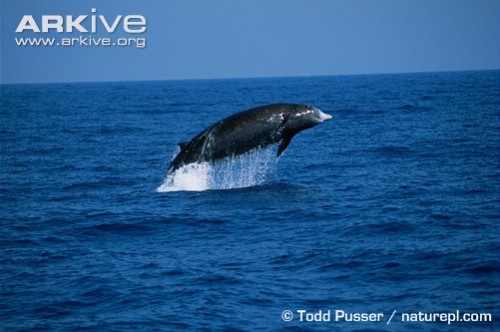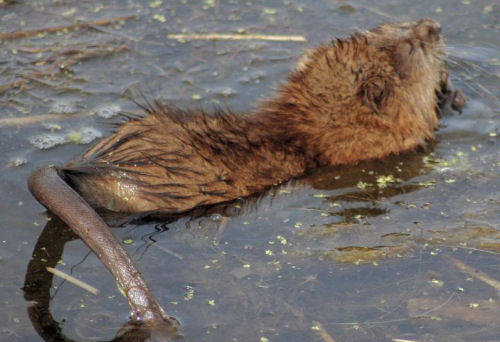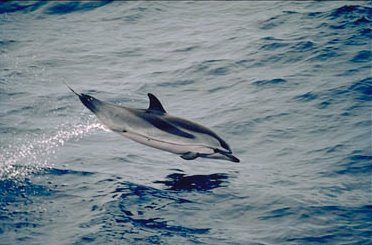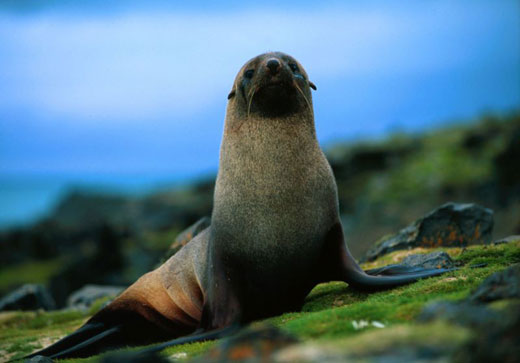Curvier’s Beaked Whale
The most widely distributed out of all of the beaked whales in the world is Curvier’s Beaked Whale. It is the only member of its genus and is also commonly known as the Goose-beaked Whale because its head looks like a goose’s beak. It is so perculiar, that during the Middle Ages, it was thought that this creature was actually a sea monster with a fish’s body and an owl’s head! It was named after Georges Curvier, who first described it in 1823 with a skull part that he found in 1804 in France.
According to British newspaper, The Times, this whales’ claim to fame is that it dived a record 1899m (6230ft), beating the record held by the sperm whale of 4000ft. It was also recorded by Zoologists that the specimen they were studying was able to hold its breath for a whopping 85 minutes when it completed this amazing dive. These Zoologists who were studying this creature were able to record this by recording echolocation clicks that bounced off of smaller sea creatures during the dive, which suggests that the whale was hunting for food.
Curvier’s Beaked Whale has a relatively short beak in comparison with the rest of its beaked whale family, although it has a slightly more bulbous melon which is white in colour. It also has a white strip running back to the dorsal fin. The rest of the color of the body depends per individual whale, as some are reddish-brown and others are dark grey. Some also have large white patches and scars caused by cookiecutter sharks. They grow up to about 7 meters long, and weigh about 2 to 3 tonnes. They have an average lifespan of approximately 40 years.
We know about this creature through the whales that have been stranded. It has been recorded to have been stranded in all of the world’s oceans (Atlantic, Pacific, Indian), and has been found as far north as the Shetland Islands in Scotland to as far south as Tierra del Fuego in the Patagonian region of Chile and Argentina. Curvier’s Beaked Whale lives in any water temperature, as long as the water is deep (around 1500 to 3500 meters deep).
Like its other beaked whale relatives, it can be difficult to identify the Curvier’s Beaked Whale. As a result, the global population of this creature is unknown. However, we do know that it lives in pods between 2-25, and sometimes just by itself. It is known to eat squid and deep sea fish.
In the past, Japanese Whalers killed Curvier’s Beaked Whale when the opportunity arose. It is believed that whales of this species are killed by gillnets. They are also thought to be quite sensitive to noise, as a higher incidence of stranded Curvier’s Beaked Whales have occurred when in noisy seas such as the Mediterranean Sea. In addition, multiple mass beachings have also occurred during a Spanish Navy operation. Another cause of death is the ingesting of rubbish.




